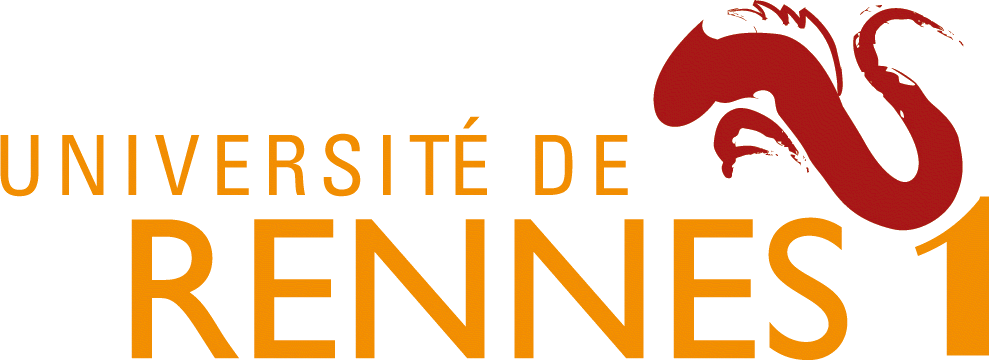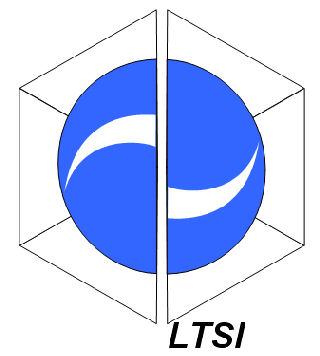News
Members
Publications
Software / Data
Job offers
Images / Videos
Collaborations
Conferences
Lab meetings: "Les partages de midi"
Practical information
Members Area
Next conferences we are in …


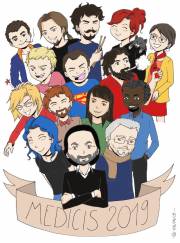
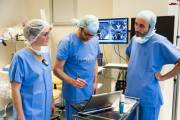
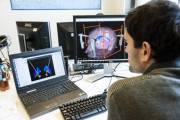
This shows you the differences between two versions of the page.
| Both sides previous revision Previous revision Next revision | Previous revision Next revision Both sides next revision | ||
|
activities:theme1:projects:iofi [2015/12/21 14:59] janin |
activities:theme1:projects:iofi [2015/12/21 16:04] janin |
||
|---|---|---|---|
| Line 10: | Line 10: | ||
| Survival prognosis from low grade glioma (LGG) is increased when the maximum tumoral tissue has been removed, slowing down evolution into high grade glioma (HGG), which is much more agressive (14 months mean survival rate). Intraoperative Positron Surface Imaging (PSI) has been suggested recently in neurosurgery to help the surgeon in detecting precise tumor margins. Originally designed in the mamography context by Pr. Dr. Nassir Navab (Munich, Allemagne), this method relies on scanning the resection cavity with a tracked freehand beta probe. In conjunction with a [18F]-based radiotracer, such system generates reconstructed surface images of the brain resection cavity. By introducing intraoperative freehand functional images in the operating room (OR), the resection gesture of the surgeon will be enhanced, driving to a better patient outcome. | Survival prognosis from low grade glioma (LGG) is increased when the maximum tumoral tissue has been removed, slowing down evolution into high grade glioma (HGG), which is much more agressive (14 months mean survival rate). Intraoperative Positron Surface Imaging (PSI) has been suggested recently in neurosurgery to help the surgeon in detecting precise tumor margins. Originally designed in the mamography context by Pr. Dr. Nassir Navab (Munich, Allemagne), this method relies on scanning the resection cavity with a tracked freehand beta probe. In conjunction with a [18F]-based radiotracer, such system generates reconstructed surface images of the brain resection cavity. By introducing intraoperative freehand functional images in the operating room (OR), the resection gesture of the surgeon will be enhanced, driving to a better patient outcome. | ||
| + | {{ :activities:theme1:projects:systemlabeled.png?500|}} | ||
| ===== Description ===== | ===== Description ===== | ||
| Line 17: | Line 18: | ||
| \\ | \\ | ||
| + | {{ :activities:theme1:projects:phantom.jpg?300|}} | ||
| In addition, our project aims to developp new acquisition models for PSI systems, dedicated to brain tumor surgery. From previous validation studies, reconstructions generated with detection models gave good performances in term of residual tumor detection, at the trade of high computation time (about 30 mn without GPU improvement). In the OR, the required computation time to generate images should be low to not interrup (that much) the surgical workflow. Thus, we proposed a new acquisition model more suitable for intraoperative usage. Our model gives lower computation time and better performances than the off the shelf original model. \\ | In addition, our project aims to developp new acquisition models for PSI systems, dedicated to brain tumor surgery. From previous validation studies, reconstructions generated with detection models gave good performances in term of residual tumor detection, at the trade of high computation time (about 30 mn without GPU improvement). In the OR, the required computation time to generate images should be low to not interrup (that much) the surgical workflow. Thus, we proposed a new acquisition model more suitable for intraoperative usage. Our model gives lower computation time and better performances than the off the shelf original model. \\ | ||

